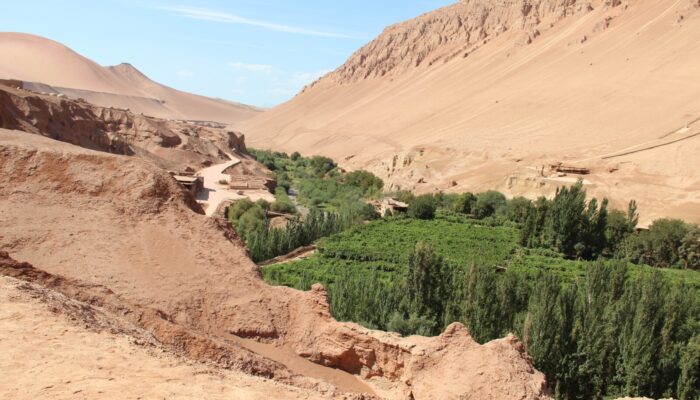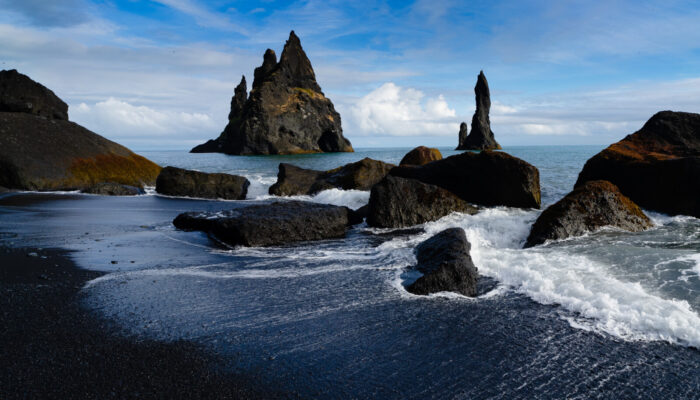Ever wondered how fast our planet is losing its footing? Imagine this: every time you blink, four football fields’ worth of fertile soil vanish into thin air. According to the UN, that’s a mind-boggling 100 million hectares gobbled up by land degradation each year! But when this happens in dry regions, it morphs into something even more sinister: desertification. Karina Lima, a climate ...[Read More]
Can our oases outlast the dry spell of desertification?




